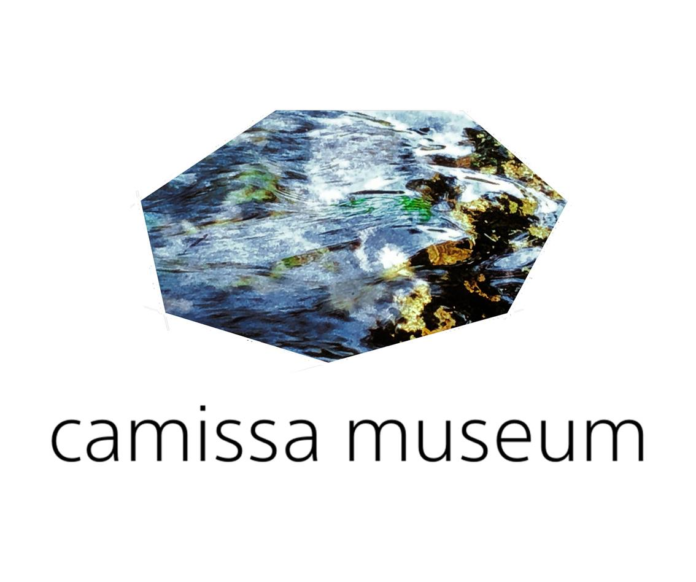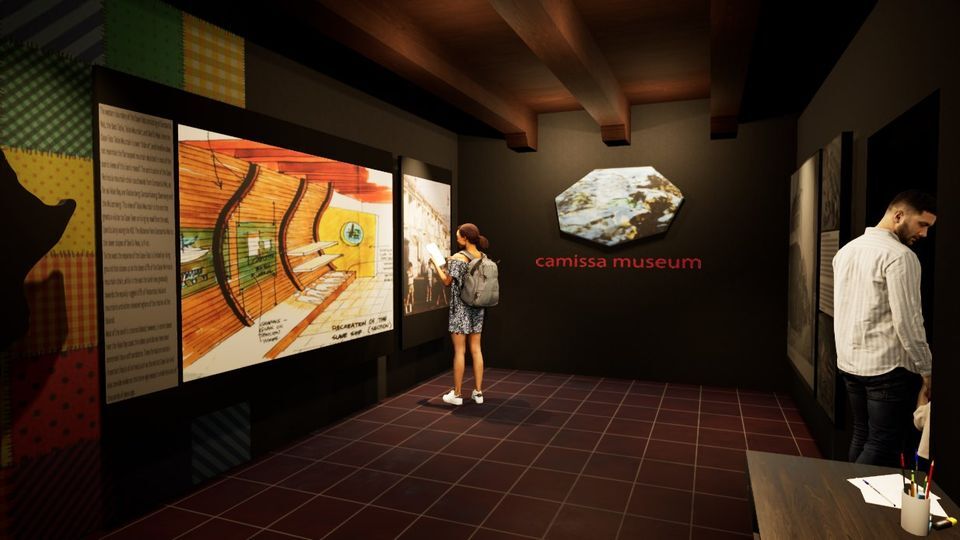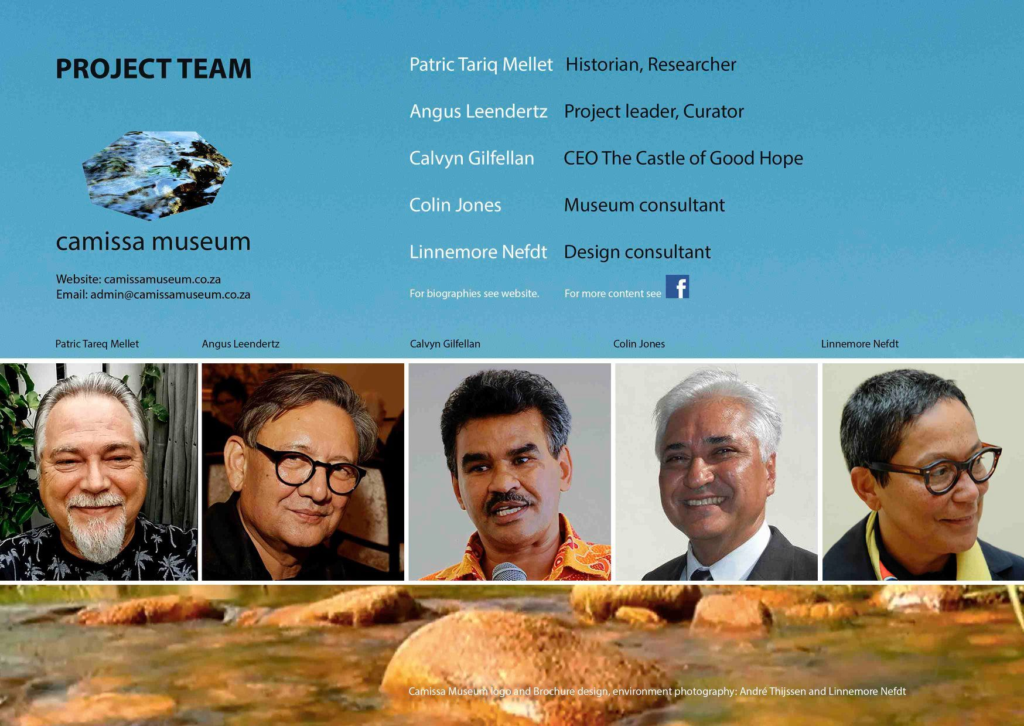The Camissa Museum challenges the colonial and Apartheid narratives of those classified as “Coloured” and explores the true history of the establishment of the port of Cape Town. Ling Shepherd looks at how the museum challenges what we have been taught, and how to always interrogate history.
Read more: Coloured Culture: real or imagined
The Castle of Good Hope is a bastion fort built in 17th century colonial Cape Town. The Camissa museum is hoping to take visitors on a journey through a decolonised history of Cape identities. After three years of planning and decades of work the museum was finally able to complete Phase one of its opening; the launch of the Camissa Museum Online. It showcased a video of the making of the museum and a mini exhibition. This will form part of the introductory stage in place of the physical museum that will be established in stages over the next year at the Castle. The irony of the Camissa museum opening is that it is a four minute walk from the iconic District Six museum, which is struggling to keep its doors open.
Read more: The District Six museum is more than just a museum, it’s living history
The museum was launched on 22 April 2021 following Covid-19 protocols. The launch can be viewed here. Speaking at the launch, Poet Khadija Tracey Heeger said: “Coloured doesn’t carry sweet in the name. Coloured means secret. It means better, it means worse.”
Defence and Military Veterans Minister Nosiviwe Mapisa-Nqakula said South African stories are not told by South Africans. Mapisa-Nqakula hopes learners who visit the museum can appreciate the truths of an under-researched and misunderstood part of our history. Marlene Le Roux, the CEO of the Artscape Theater said she was overwhelmed and gratified that the unfolding of our own history has a place for research and dialogue of our shared past, present and future.
Read more: Calling myself “Coloured” gives me the ability to choose new meanings for myself
The idea for the Camissa museum originated with the late veteran liberation movement leader Reggie September, whose widow Melissa Steyn was at the launch. Curator of the Camissa museum, Angus Leendertz said the online launch is just a stepping stone to putting the physical museum in place.
You can access the museum here.
The welcome video is immensely informative, and gives the story behind the museum. The site itself allows visitors to understand the history, parallels, inspiration, people, motivation and aim of this online museum and the seven tributaries of Camissa heritage. The website is easy to navigate and flows like a river – definitely a metaphor for its name.
Camissa is a Khoi word meaning “the place of sweet waters”. Like many coloured people like myself we want to know our roots, there is a DNA tab that explains how to investigate this. The online Camissa museum is a tributary of information and resources. It is easy to read and understand, and heaven for any history buff. I was conflicted that the launch took place at the Castle,and will subsequently house the physical museum. I am warming up to the idea of reclaiming the space, and affirming the real history of the Cape.
Read more: “The Lie of 1652” debunks colonial and apartheid land myths
We must remain aware that the space was home to horrors like slave trading, imprisonment and torture. The construction of the Castle was built by slaves and the Khoikhoi. In 2016 on the 350 years of existence of Castle of Good Hope, by Minister Nosiviwe Mapisa-Nqakula said “The Castle of Good Hope, a historic edifice in the heart of Cape Town’s central business district, can be described as a symbol of the beginning of an era that set our country on the destructive path of colonial injustice, and racial oppression. A standing reminder and sanctuary for the defense of a brutal system that robbed the majority of South Africans of their dignity, social identity, land and other benefits of their country’s economic potential”
The use of an online resource is just and fair, as most museums are repositories of plundered items. We are also living in a pandemic where online accessibility is paramount. Restorative justice and memory movements like the Camissa museum are vital in decolonising history. South Africa’s history is so fragmented, and for far too long told from the Western gaze. The move toward accessible history for all is welcomed, and the right step in challenging colonial and apartheid narratives about our identities.












